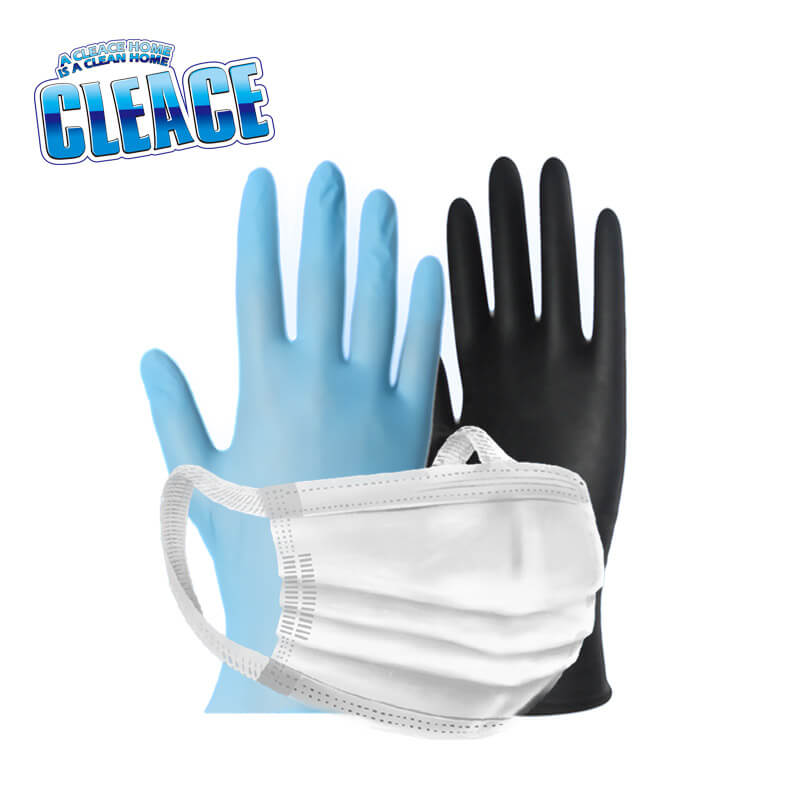To determine whether a washing powder contains phosphorus, you can follow these steps:
Read the Product Label: Start by examining the product label or packaging of the washing powder. Look for any explicit information regarding the presence or absence of phosphorus. Manufacturers often disclose key ingredients or highlight specific features, such as "phosphate-free" or "no phosphorus added."
Check for Phosphate Alternatives: If the label doesn't provide direct information about phosphorus content, you can look for alternative ingredients that may indicate the presence of phosphates. Phosphates are commonly listed as "phosphate," "sodium phosphate," "sodium tripolyphosphate," or similar variations. Keep in mind that the absence of these specific terms does not necessarily guarantee the absence of phosphorus, as there are other phosphate compounds that may be used.
Research the Brand or Product: Conducting further research on the brand or specific washing powder can provide useful information. Visit the manufacturer's website or search for product information online. Some manufacturers may explicitly state their stance on phosphates, environmental concerns, or phosphate reduction initiatives.
Look for Eco-Friendly or Phosphate-Free Claims: Washing powders marketed as environmentally friendly or phosphate-free often emphasize these features on the packaging or in advertising. Look for labels or logos indicating eco-friendly certifications or phosphate-free claims. However, it's important to verify such claims through reliable sources or certifications.
Contact the Manufacturer: If you are still unsure about the phosphorus content of a particular washing powder, consider reaching out to the manufacturer directly. Manufacturers typically provide customer service contact information on their websites or product packaging. They should be able to provide you with accurate information regarding the presence or absence of phosphorus in their product.
By combining these steps, you can gather more information about the phosphorus content of a washing powder. Remember that regulations and formulations may vary between countries, so it's essential to consider local guidelines and practices.
Here are some additional details about phosphorus in washing powders:
Phosphorus in Traditional Washing Powders: In the past, phosphates, such as sodium tripolyphosphate (STPP), were commonly used in washing powders due to their ability to enhance cleaning performance. Phosphates can help soften water, prevent mineral deposits on fabrics, and improve the effectiveness of surfactants. However, the excessive use of phosphates in laundry detergents has raised environmental concerns.
Environmental Concerns: When washing powders containing phosphates are used and subsequently discharged into waterways, they can contribute to water pollution and cause eutrophication. Phosphates act as nutrients, promoting the growth of algae and aquatic plants. This excessive growth can deplete oxygen levels in water, harming aquatic ecosystems. As a result, many countries have imposed restrictions or bans on the use of phosphates in household cleaning products, including laundry detergents.
Phosphate-Free and Low-Phosphate Alternatives: In response to environmental concerns, many manufacturers have developed phosphate-free or low-phosphate washing powders. These formulations use alternative ingredients or technologies to achieve effective cleaning without relying on phosphates. Common alternatives include enzymes, zeolites, citric acid, and other chelating agents. These ingredients can help soften water, remove stains, and improve the overall performance of the detergent.
Phosphate Regulations: Different countries have varying regulations regarding the use of phosphates in cleaning products. Some countries, such as the United States and Canada, have restrictions on the amount of phosphorus allowed in laundry detergents. In the European Union, phosphates in household laundry detergents are limited to very low concentrations or banned altogether.
Eco-Labels and Certifications: To help consumers identify washing powders that are environmentally friendly and low in phosphates, various eco-labels and certifications exist. Examples include the EU Ecolabel, Nordic Swan Ecolabel, and EcoLogo. These labels indicate that the product meets specific environmental criteria, including phosphate content.
Environmental Awareness and Consumer Choices: Growing environmental awareness has led to increased demand for phosphate-free and eco-friendly washing powders. Consumers today have a wide range of options to choose from, including products specifically marketed as phosphate-free, environmentally friendly, or designed for sensitive skin.
It's worth noting that while the reduction or elimination of phosphates in washing powders is beneficial for the environment, it does not necessarily compromise cleaning performance. Modern formulations utilize a combination of surfactants, enzymes, and other cleaning agents to achieve effective stain removal and cleanliness.
When selecting a washing powder, be sure to consider your specific cleaning needs, environmental preferences, and any other factors that are important to you. Reading product labels, researching brands, and choosing eco-certified options can help you make informed choices that align with your values.









CONTACT US NOW!
If you did not receive our reply within 24 hours, please send to our email s@aogrand.com, or call +86-13002502658 directly.